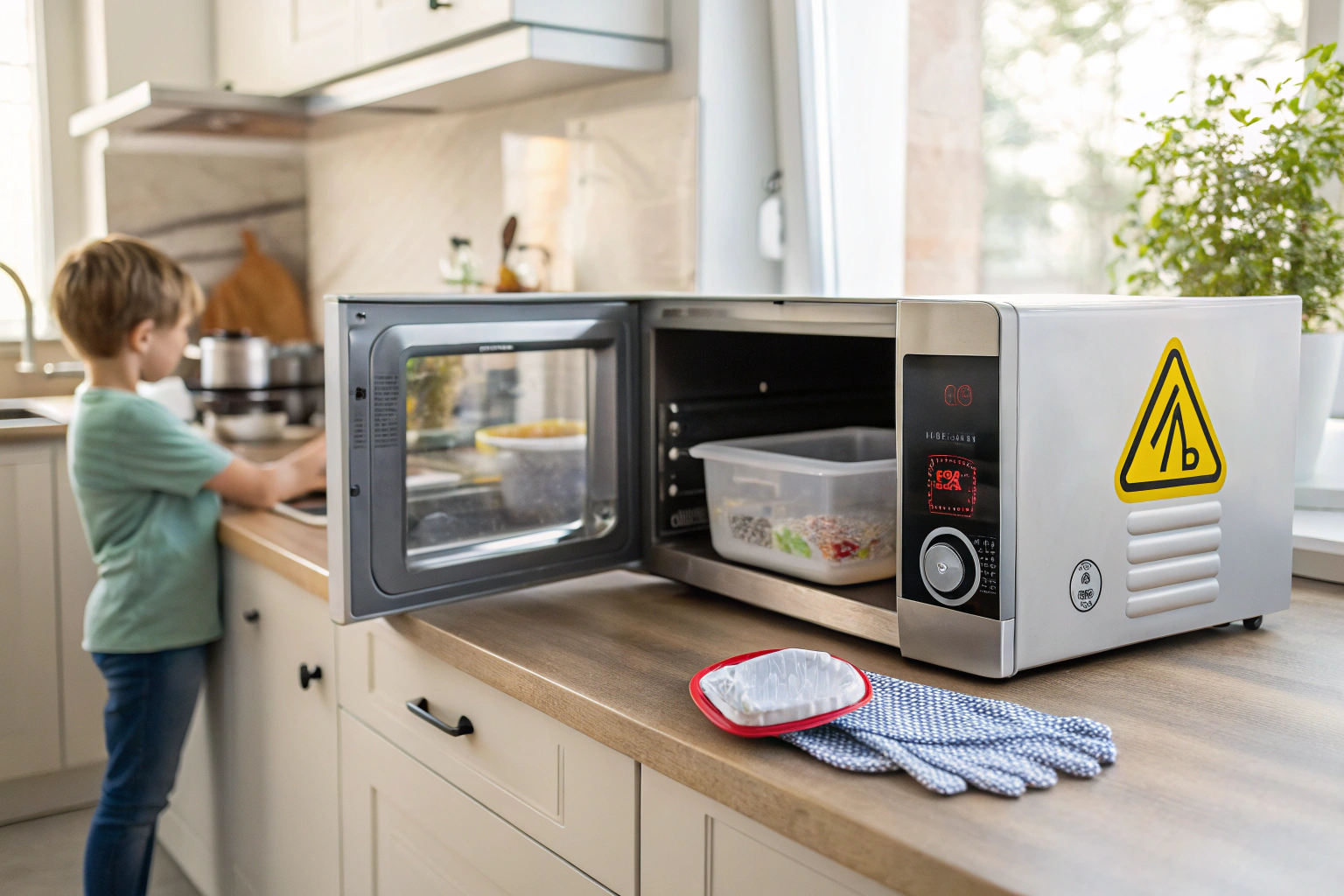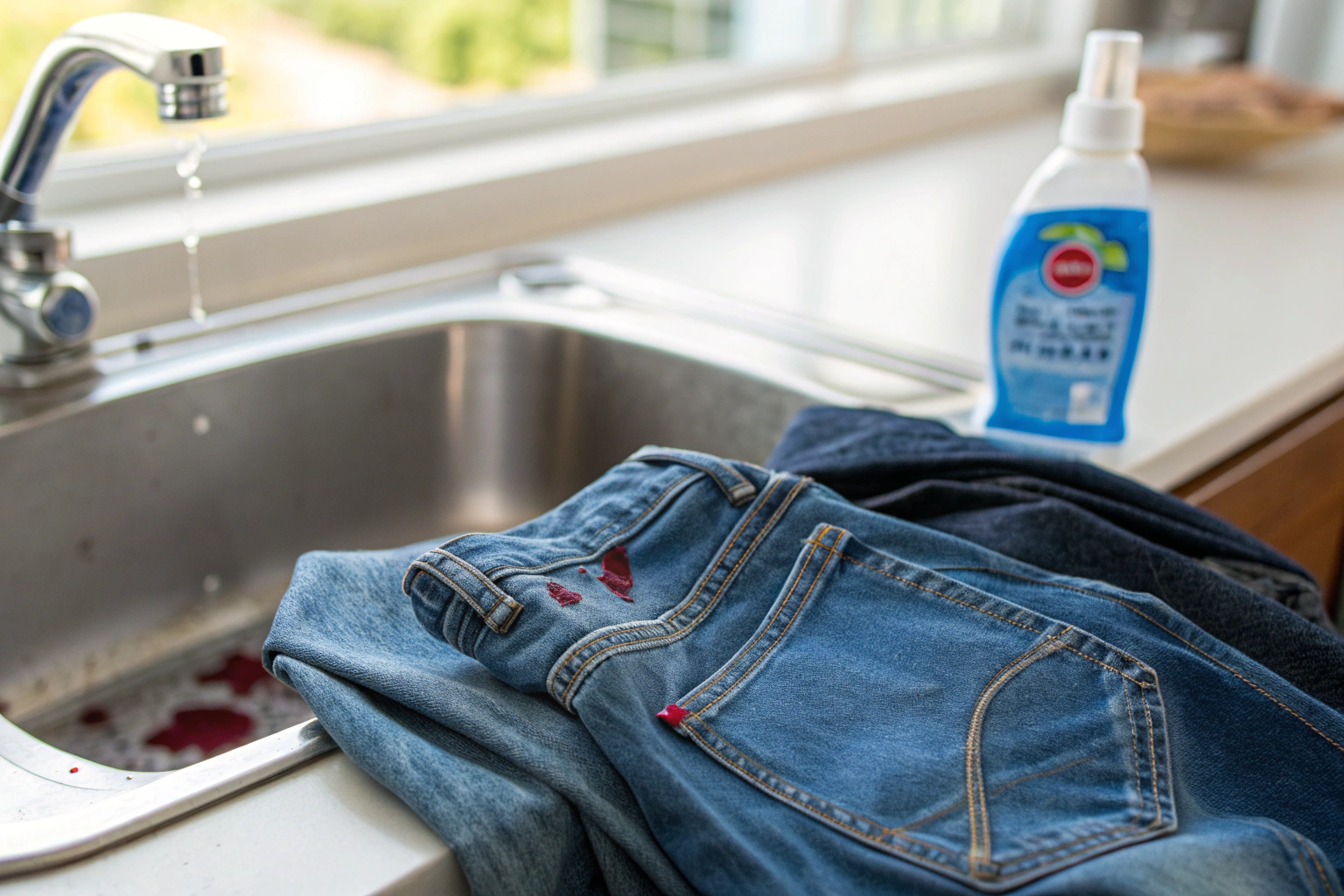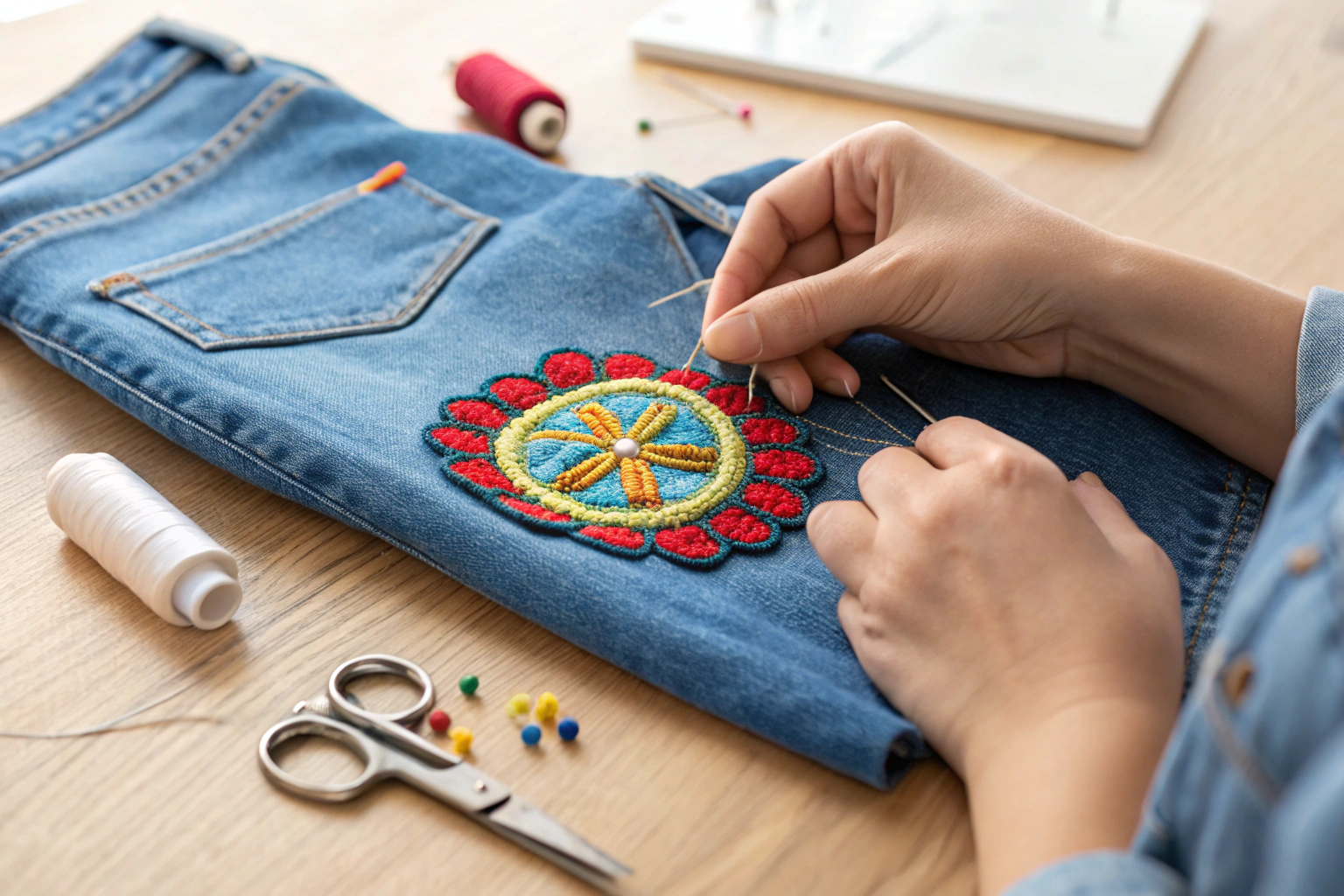Key Takeaways:
- Never leave your microwave unattended while cooking to avoid potential hazards.
- Use microwave-safe containers to prevent fires and chemical leaching.
- Avoid superheating liquids by following proper heating techniques.
- Place your microwave at a safe height to minimize burn risks.
- Always defrost food correctly to avoid food poisoning.
- Ensure children understand microwave safety rules appropriate to their age.
- Regularly maintain your microwave and replace it when necessary.
How to Safely Use a Microwave at Home
Microwave placement and operation are crucial for safety. Always position your microwave on a stable surface with adequate clearance from other appliances. Ensure it’s plugged into a dedicated socket to prevent electrical overload.
- Keep the microwave clean and well-ventilated.
- Use a microwave-safe lid to cover food and prevent splatters.
- Monitor the microwave during use—never walk away while it’s operating.
Proper Container Selection and Food Preparation
Distinguish between microwave-safe and unsafe containers by using glass or ceramic containers rather than plastic or metal. When in doubt, test a container’s safety by placing it in the microwave for a short duration to check if it heats up.
| Container Material | Microwave Safety Rating | Notes |
|---|---|---|
| Glass | Safe | Check for cracks |
| Ceramic | Safe | Ensure it doesn’t overheat |
| Plastic | Varies | Only use if labeled microwave-safe |
| Metal | Unsafe | Risk of sparking |
Step-by-Step Test for Microwave-Safe Cookware
- Place the empty container in the microwave.
- Heat for 30 seconds.
- Check if the container is warm.
- If warm, it’s not microwave-safe.
Proper Microwave Positioning to Prevent Splashes
Install the microwave at eye level or higher to reduce splash burns. Keep your face away when opening the door to avoid steam burns.
Safe Heating Techniques for Different Foods
Heating food safely in the microwave requires understanding different food types. When heating liquids:
- Use a glass measuring cup to heat.
- Insert a non-metallic object like a wooden spoon to disrupt surface tension.
- Heat in short bursts, stirring in between.
For solids:
- Arrange foods in a circular pattern.
- Stir or rotate halfway through.
- Avoid overloading the microwave to ensure even heating.
Detailed Guidelines for Defrosting Food Safely
Defrosting in the microwave should be done carefully to avoid bacteria growth. Use the defrost setting and pause to rearrange food during the cycle. For instance, rotating chicken breasts ensures even thawing.
| Food Type | Defrost Time | Power Setting |
|---|---|---|
| Meat | 5-7 minutes per pound | 30% power |
| Frozen Vegetables | 2-3 minutes | 50% power |
Fire and Ice: Techniques to Eliminate Hot Spots
Prevent hot spots by placing food in a ring shape, leaving the center empty. Rotate dishes during cooking to ensure even exposure to microwave energy.
What Not to Put in a Microwave Oven
Avoid placing metal objects in the microwave due to the risk of sparking or fire. Be cautious with aluminum foil, as it can cause arcing. Also, refrain from microwaving styrofoam or plastic not labeled as microwave-safe, to prevent leaching chemicals.
- Metal utensils – Fire risk
- Aluminum foil – Causes sparking
- Plastic wrap – Potentially toxic emissions
Materials and Items That Pose Fire Hazards
Beware of materials like metal twist ties or fine china with metallic trim as they can cause sparks. Identifying these hazards requires vigilance, particularly with food packaging containing hidden metal layers.
Foods That Can Explode When Microwaved
Certain foods like eggs, potatoes, and processed meats can explode if not pricked or prepared properly. Venting these foods before microwaving helps release built-up steam safely.
- Eggs
- Hot dogs
- Whole potatoes
Ensure cuts or piercings are made to prevent pressure buildup.
Is It Safe to Microwave Plastic Containers?
To ensure safety, only use plastics marked with a microwave-safe label. Be aware of BPA and other chemicals that could leach into food. Prefer using glass or ceramic containers whenever possible to avoid health risks.
| Plastic Code | Microwave Safety | Notes |
|---|---|---|
| 1 (PET) | Generally unsafe | Risk of leaching |
| 5 (PP) | Considered safe | Check for microwave-safe label |
Understanding Plastic Labeling for Microwave Use
Microwave-safe symbols include squiggly lines or a microwave icon. Recycling codes provide clues—prefer plastics with codes labeled 5 (PP), which are more reliable for microwave use.
- Look for microwave icons or squiggly lines on containers.
- Avoid using plastics not explicitly labeled as microwave-safe.
Protecting Children: Microwave Safety Tips for Families
Implement safety measures for children by ensuring the microwave is out of their reach. Lock features are helpful to prevent unsupervised use. Teach children age-appropriate microwave safety rules, evolving guidelines as they grow.
- Preschool (under 5): No independent use
- Elementary (6-9): Supervised use with simple tasks
- Teens (10+): Encourage safety awareness and responsibility
Teaching Kids About Microwave Safety
Develop a “microwave license” system where children learn and demonstrate safe use practices before independent use. This empowers them while maintaining safety standards.
- Introduce basic microwave functions.
- Practice safe heating techniques together.
- Review safety rules daily until they become habits.
Understanding Microwave Hazards: Common Risks at Home
Microwaves operate using radiation that can heat water molecules in food. Common misconceptions include the belief that microwaves can leave food “radioactive,” which is false.
Statistically, burns and fires are the most common microwave-related accidents.
The Science Behind Microwave Safety Concerns
Microwave ovens operate through dielectric heating, exciting water molecules in food, which generates heat. This process can lead to superheating, posing scalding risks if safety measures are not followed.
- Superheated water phenomenon can cause burns if agitated.
- Radio waves in microwaves remain confined and do not linger post-use.
Pacemakers and Microwave Safety
Modern pacemakers are shielded against microwave interference, but maintaining a recommended distance from operating appliances enhances safety. Consult with a doctor for specific guidelines.
Microwave Maintenance and When to Replace Your Appliance
Follow a routine of checking door seals and hinges to ensure proper function. Frequent sparking or smoke, along with unresponsive buttons, signal it’s time for replacement.
- Clean interior surfaces and door seals monthly.
- Inspect electrical components quarterly.
Signs of Microwave Malfunction and Safety Hazards
- Arcing or sparking during operation.
- Unusual odors or burn marks inside the cavity.
- Door doesn’t close tightly or has visible damage.
Emergency Response: What to Do When Accidents Happen
Stay calm and act swiftly during microwave-related emergencies. For a fire, unplug the device and keep the door closed to starve the flame of oxygen.
- Use a fire extinguisher if safe to do so.
- Call emergency services if needed.
Treating Microwave-Related Burns and Injuries
For minor burns, cool the area under running water, not ice, and apply a sterile gauze. Seek medical attention for blistering or deep tissue burns.
| Burn Degree | Treatment |
|---|---|
| First-degree | Cool and cover |
| Second-degree (blistering) | Do not pop blisters; seek medical help |
Conclusion: Creating a Culture of Microwave Safety
By integrating these safety practices into everyday habits, the microwave becomes a valuable yet secure kitchen tool. Embrace this culture of safety and reduce household risks substantially.
- Continue educating family members on microwave use.
- Regularly review and update safety protocols.





